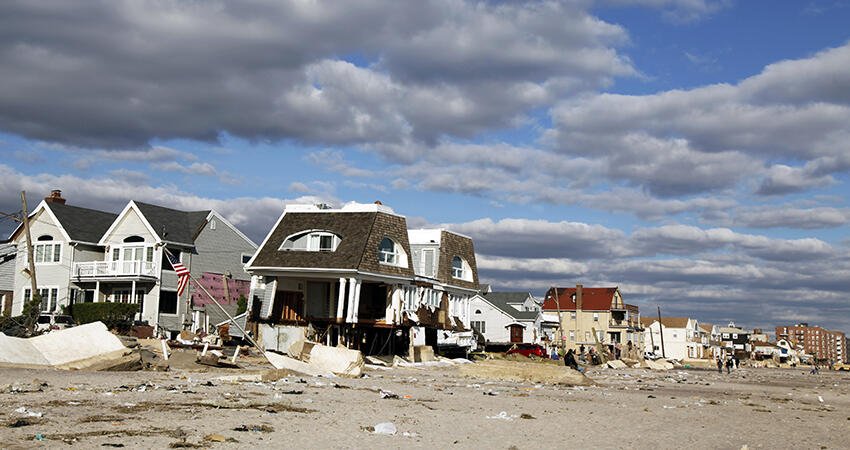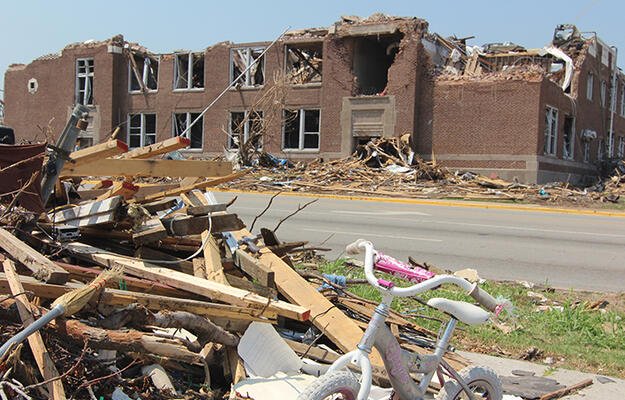
(Leonard Zhukovsky/Shutterstock)
What Happens to Housing Costs after a Hurricane?
- Title:
-
Rent affordability after hurricanes: Longitudinal evidence from US coastal states
- Author:
-
Kelsea B. Best, Qian He, Allison Reilly, Nhi Tran, Deb Niemeier
- Source:
- Publication Date:
-
2023
As climate change brings more intense and frequent weather events to the United States, especially in coastal areas, renters face increasing risk. This is happening on a backdrop of rising rents despite stagnant wages, causing concerns about housing affordability. To understand the scope of this crisis, the authors of this study asked: How does the frequency and intensity of hurricanes correlate to changes in housing affordability and median rents?
Looking at 19 eastern and coastal states from 2009 to 2018, the authors created a panel dataset using American Community Survey (ACS) five-year estimates on housing and sociodemographic data, as well as Federal Emergency Management Agency data on 13 hurricanes that warranted federal intervention. The hurricane data included the total number of hurricanes (within a two-year span), wind speeds, and flood events associated with each event. They constructed an affordability ratio to measure whether a two-bedroom housing unit was equal to fair-market rents divided by the median income in a county. The higher this ratio, the less affordable the rental unit. Overall, the authors found that following more intense hurricanes, housing availability decreased, and median rents increased.
Key findings
- The median income in the counties studied has a strong positive correlation with median rent. The authors found that a $1,000 increase in median income was correlated with a 1.21 percent increase in rent.
- The frequency of hurricanes had no direct correlation with decreased housing availability in a county. But the intensity of a hurricanes did correlate with housing availability.
- Where there were more frequent hurricanes, rents were less affordable, though this didn’t stem from decreased housing availability.
- In cases where hurricane intensity led to less housing availability because of greater damage, rents were higher in that area. However, hurricanes generally led to less affordable rental housing, even where there was an increase in housing units. This suggests that rent hikes followed a spike in displacement.
- Rental housing markets where hurricanes affected affordability could take at least a year after the disaster to show any signs of decreased affordability, especially considering time needed to repair properties and recover.
- Counties with higher proportions of white residents were less likely to experience postdisaster housing issues than those with higher proportions of residents of color. The authors suggest this disparity may stem from how white residents are generally less economically vulnerable and more resourced than other residents.
Policy implications
- To provide greater protection against postdisaster evictions, the authors suggest local and state legislators advance policies that give greater access to emergency funds while not allowing landlords to evict renters in hopes of receiving increased rents.
- Improving rental market data and its frequent monitoring can help localities understand housing challenges related to disasters and help tenant organizers make the case for increased affordability and stability.


